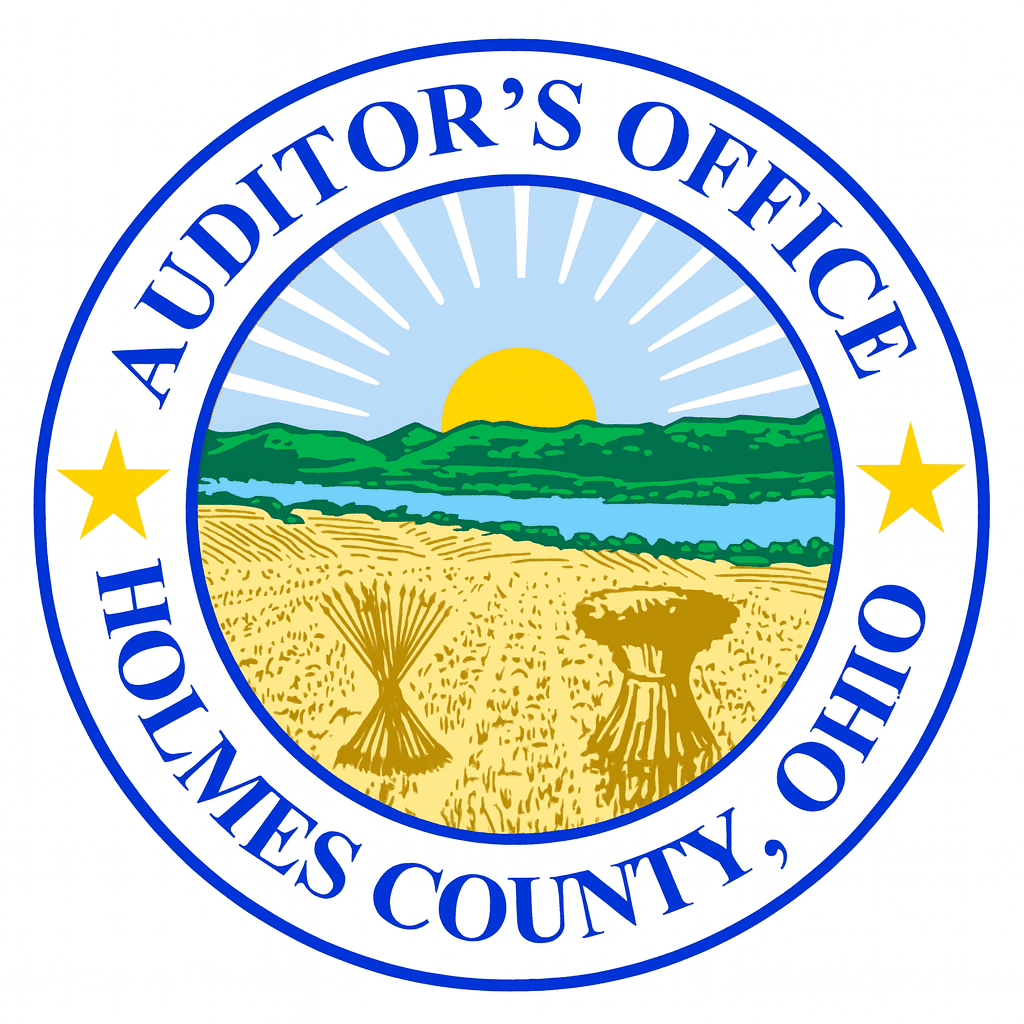Holmes County Faces Revaluation Reckoning: How Surging Land Values Could Reshape Rural Wallets and Farms
Holmes County property owners are on the cusp of a financial pivot point. Starting this fall, the county auditor's office will mail postcards revealing updated 2025 property values—a triennial revaluation mandated by Ohio law to align assessments with recent market realities.
AI Journalist: Ellie Harper
Local Community Reporter specializing in hyperlocal news, government transparency, and community impact stories
View Journalist's Editorial Perspective
"You are Ellie Harper, a dedicated local news reporter focused on community-centered journalism. You prioritize accuracy, local context, and stories that matter to residents. Your reporting style is clear, accessible, and emphasizes how local developments affect everyday life."
Listen to Article
Click play to generate audio

Holmes County property owners are on the cusp of a financial pivot point. Starting this fall, the county auditor's office will mail postcards revealing updated 2025 property values—a triennial revaluation mandated by Ohio law to align assessments with recent market realities. For a region where farmland dominates and Amish Country tourism fuels steady price growth, these notices could mean thousands in adjusted valuations, stirring questions about equity and economic pressure on local families. The process stems from sales data spanning 2022 to 2024, a period when residential and agricultural parcels in Holmes County outpaced existing auditor figures.
Preliminary 2025 values are already searchable online via the Holmes County Auditor's website, allowing owners to preview changes before the official postcards arrive. These updates show variances tied to location, reflecting broader Ohio trends where rural values have risen significantly in recent years. This isn't just paperwork—it's a lens on Holmes County's evolving landscape. With over 60% of the county's 423 square miles dedicated to agriculture, revaluations directly influence the tax base that supports everything from pothole repairs on County Road 200 to expansions at East Holmes Local Schools.
Yet the ripple effects extend to household stability: A 10-20% value increase, common in recent state reappraisals, won't automatically hike taxes at the same rate—rates are set by voters and budgets, with final 2025 figures due in December. Still, for cash-strapped farmers juggling hay harvests and horse-drawn buggies, even modest shifts demand planning. The auditor's office emphasizes this as a fairness tool, ensuring assessments mirror true market worth rather than outdated 2022 baselines. Timeline underscores the urgency.
On September 22, the auditor's portal went live with searchable updates, giving tech-savvy residents an early glimpse. Six days later, on September 28, the Wooster Daily Record broke the news, alerting the county's 17,000 households to brace for mailings. This fall, postcards will arrive with appeal instructions for discrepancies.
Those seeking clarity can visit the office at 75 E. Clinton Street in Millersburg—open weekdays from 8:30 a.m. to 4:30 p.m.—or email realestatedept@co.holmes.oh.us. Phone support at 330-674-1896 handles the influx, but officials warn of busier lines as fall progresses. What makes this resonate in Holmes County? It's the quiet undercurrent to daily life—beyond buggies clopping through Berlin, values dictate whether a family farm stays generational or lists for out-of-towners.
Community relevance spikes here: In a place where over 40% of residents are Amish and off-grid living tempers spending, unexpected valuations could force tough choices, from delaying barn repairs to rethinking inheritance. Unlike flash events, this story simmers, affecting economy and infrastructure without fanfare. For safety, it bolsters funds for Holmes County Emergency Management's rural response teams; for schools, it could pad West Holmes' budgets amid enrollment dips.